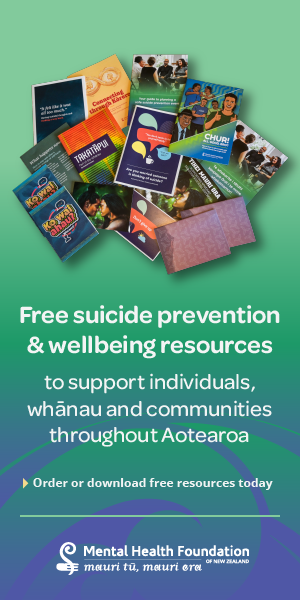
And rural practices were likely to be hardest hit by the community spread of the highly transmissible strain.
Lynn McBain, head of the department of primary health care and general practice at Otago University, said primary health would bear the brunt of initial cases.
“We know that the symptoms of Omicron are often milder, especially initially, so it is expected that patients will present to primary care with their symptoms rather than self-select for ambulance or [the] emergency department [ED].”
The potentially milder Omicron symptoms created another risk for staff as well, McBain said.
“It is possible that people will be initially so mildly affected that they will be attending general practice for other reasons, and actually have Omicron. This is a particular risk for all health services.”
She said up to half of New Zealanders might become infected, according to modelling.
“This will affect the health system at all levels, both in managing COVID – but also the deferral of other health-care delivery.”
Elective surgery and some routine general practice areas would likely be deferred, she said.

It was “highly likely” that primary care services – particularly general practices – would be directly and severely affected.
McBain said the system would be “stretched” and health-care staff would need to work as a team.
“Practice nurses and primary care nurse practitioners have excellent skills that will be able to be utilised. There is a bit of a daunting time ahead and I am hopeful that … we will be able to look back and feel proud of our contributions.”
NZNO College of Primary Health Care Nurses chair Jill Clendon said nurses were “resigned”, calm and prepared for the arrival of Omicron.
“Because we’ve been preparing for this for a while and are aware of what’s happening overseas, I think people are resigned to it,” said Clendon, who is associate director of nursing at Nelson Marlborough District Health Board.
While there was public trepidation over expected infection levels, she said there was a level of “scaremongering” out there.
“What I’m hearing from my teams, is ‘okay this is coming, we know that, we’ve shifted into PPE [personal protective equipment] now, we know that we need to screen really well, we know we need to protect ourselves and families’. But the fact is it’s coming, we’re probably all going to get it and it’s probably going to be a relatively mild disease for most of us.”
‘It is possible that people will be initially so mildly affected that they will be attending general practice for other reasons, and actually have Omicron.’
In Nelson, where the first community spread of Omicron triggered the nationwide move to red, there had been just 16 confirmed cases across three households six days on. “Large-scale infection just hasn’t happened yet”, Clendon said.
All frontline staff in the community were now being encouraged to wear N95 masks, while awaiting “more definitive” guidelines from the Ministry of Health on mask use.
“Generally here in Nelson what we’ve done is move our frontline staff, particularly in Motueka, to N95s and anyone who is in our regional vaccination [centres] are wearing N95s and our practice teams are, as far as I’m aware, wearing N95s as well.”
Currently, under the Government’s care in the community framework, those not requiring hospital care are expected to isolate at home, under the care of their local general practice.
Clendon said the approach was working well in Nelson. Local primary care practitioners knew their patients and co-morbidities and could look after them remotely through phone checks and dropping off any medications to the door.
Most DHBs had set up hubs of local health and welfare providers to coordinate care in the community for those who were COVID-positive. “Once we get big numbers, the focus will shift to our more vulnerable people in our community.”
While Omicron appeared to be “a relatively mild disease in a sense that people might feel they’ve got the flu”, there was a risk general practices could get overwhelmed if swamped by anxious patients – particularly if staff became ill, she said.
But general practices had already shown they could move to remote working “very quickly and effectively” if needed.
At Greenwood Medical Centre in Motueka, a location of interest in the current outbreak, staff had been using rapid antigen tests (RAT) to allow them to keep working safely, she said.
“I think we’ve really been preparing and building up for this for a really long time. Practices and providers have had experience providing remote care. People are well-versed now in the use of PPE,” Clendon said. “There’s always a risk that a bug will get across that barrier, but if we’re well-vaccinated and we’re boosted, which we have to be now as health practitioners, I think people are feeling pretty confident that this will come, it will hit and then it will go and with a bit of luck Government can stop treating us all like we’re in a prison and let us out.”
With projections of up to 40 to 50 per cent of the health workforce being infected by Omicron at once, Clendon said RAT tests would be a vital tool in getting staff back to work.
Rural populations were likely to be hardest hit by Omicron. “Access is problematic rurally often for people anyway, so when you’ve got 30-40 per cent of your workforce out, I can see rural practice becoming overwhelmed quite quickly.”



